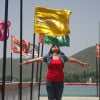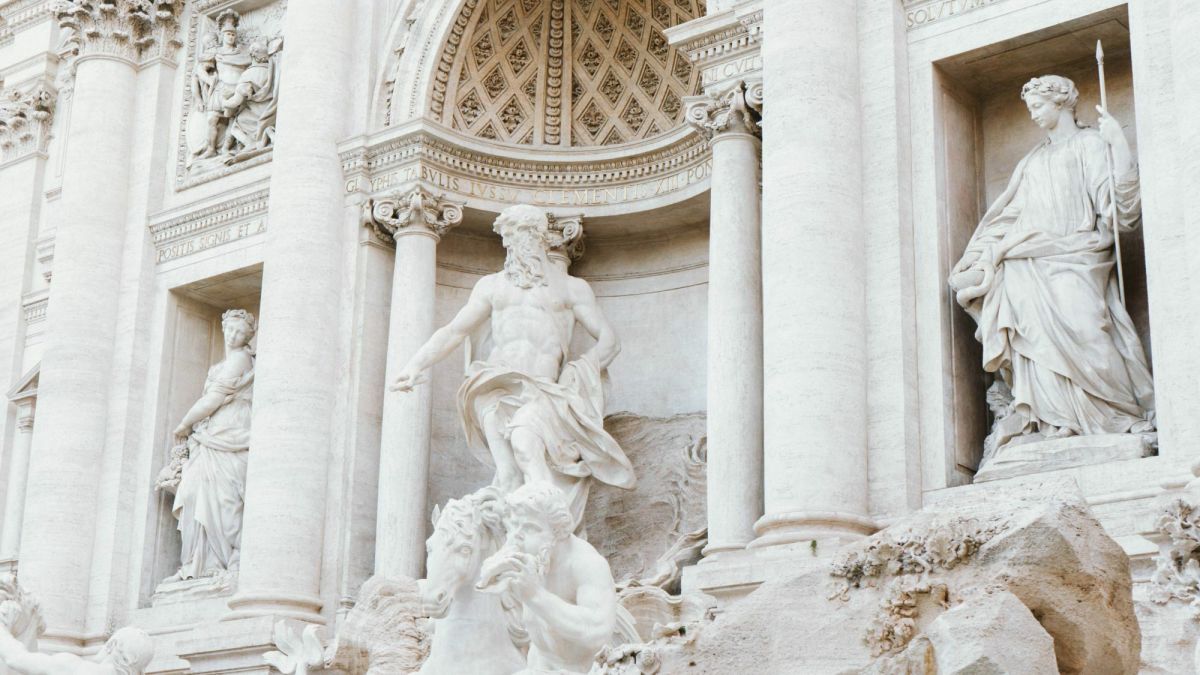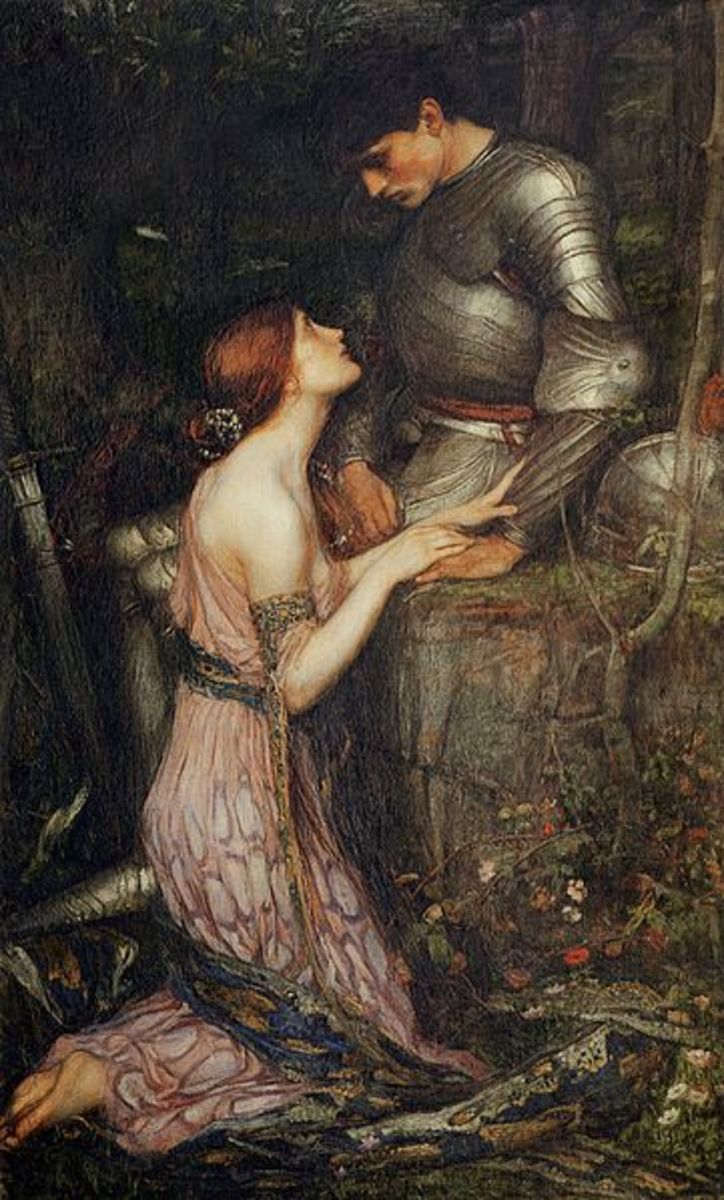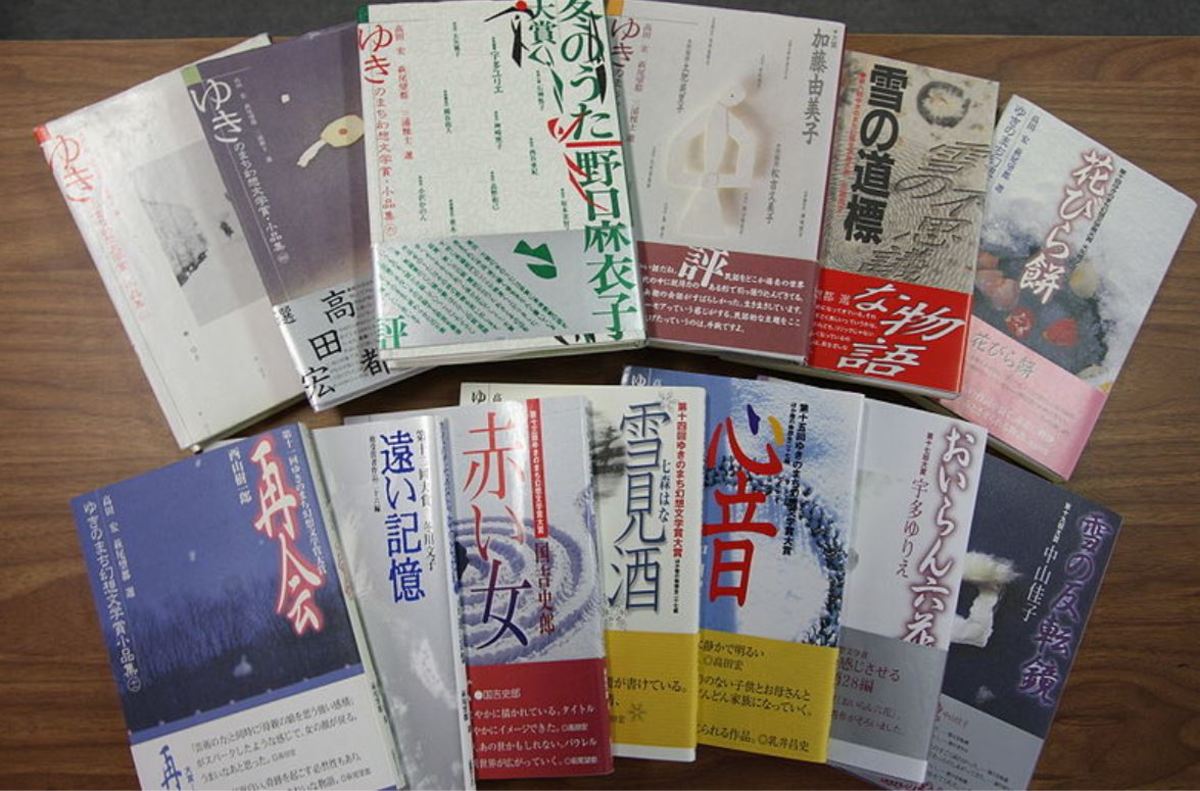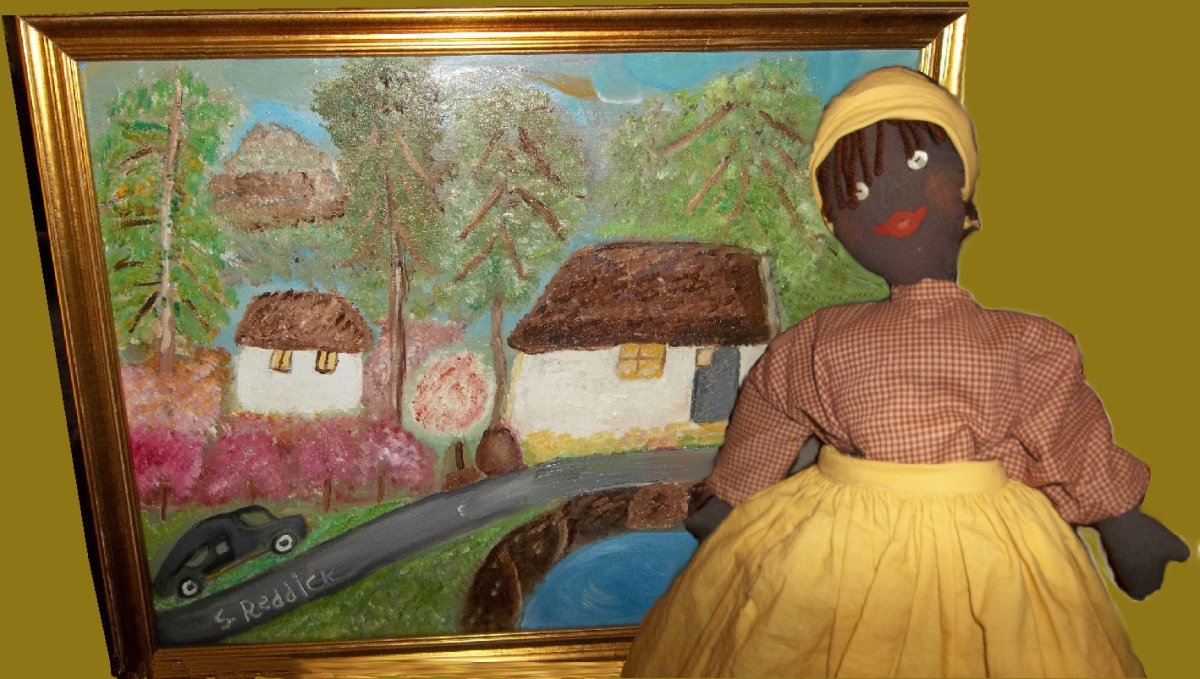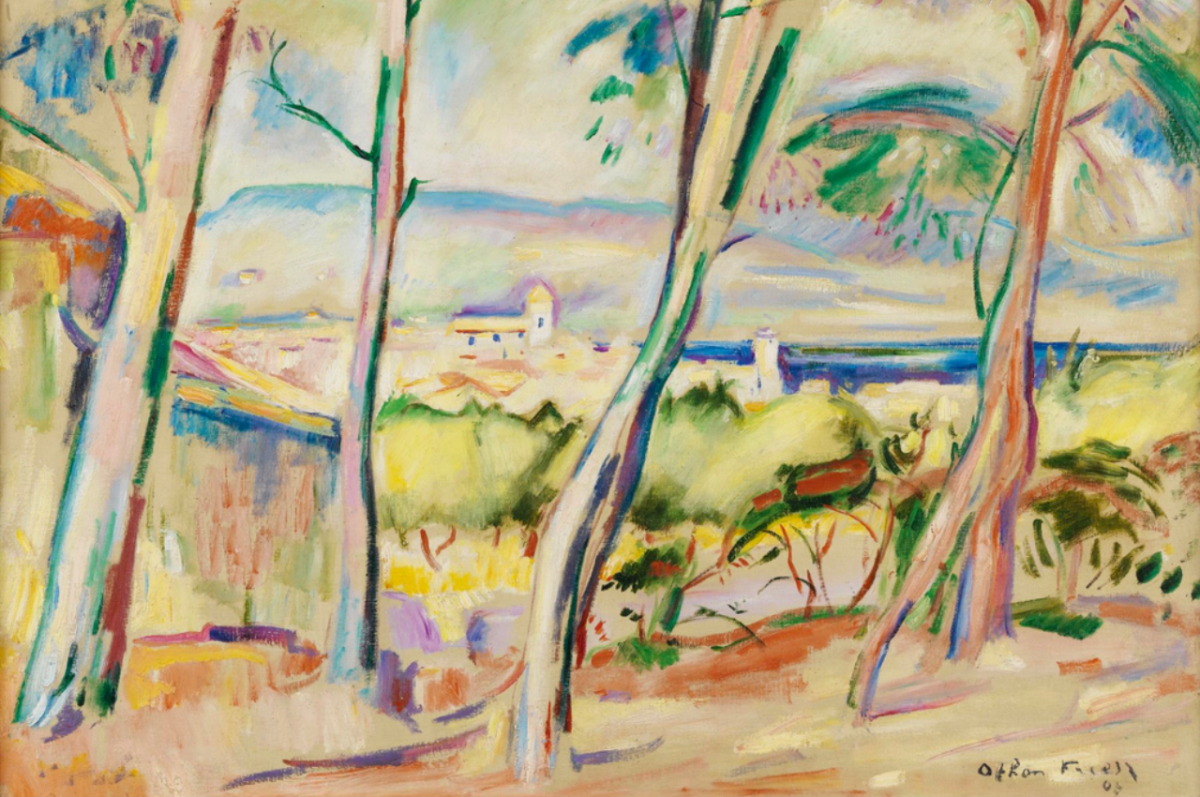Myth and Symbol in Modern Literature

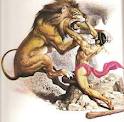
Myth and Symbol
In the modern literature myth and symbol have gradually acquired a great significance as the appropriate language and the appropriate form for expressing man’s deepest thoughts and highest aspirations. Myths embodying accounts of supernatural beings and actions originated to project philosophical speculation and explain religious beliefs. In course of time, their popularity increased and they became significant because of their spontaneity and collectivity, expressing some lastingly and generally satisfying account of the experience of man. Owing to their universal nature and timelessness and power to convey that which cannot be otherwise expressed, the modern writers have found in myths a useful media for communicating the predicament of the contemporary human situation in a larger perspective of time and leave an immediate impact upon readers who because of their previous knowledge of myths find their response enriched by an element of recognition.
Like myth symbol also as visible sign of something invisible or as that which embodies and is capable of evoking indefinite suggestiveness becomes a useful tool for modern writers for the comprehension and communication of their profound vision of reality and the secret and indefinable impulses of the human spirit. Charged by their imagination, symbols acquire greater evocative and perceptive power. A mythic symbol, i.e. a symbol derived from a myth, emerges as an archetypal image and evokes deep emotional response in the reader it resonates with an image already existing in his unconscious mind.
By its original meaning in Greek, the word symbol implies throwing or putting together. This connotation of symbols has led Cassirer to describe them as mediatory tools which help man to participate both in the realm of the spirit and the realm of matter, and made Jung consider them as means of uniting the conscious with the unconscious. It is, however, Whitehead who has discovered in this meaning of symbol the significant idea of its power and function to join parts of literary work together in the service of the whole and thus create a full vision of reality and put it to he apprehension of readers.
While poets have been using myths and symbols for a long period as appropriate tools to communicate their profound view of life, novelists have made a conscious use of them only in the modern period. While Thomas Mann and Kafka have found myths and symbolism as appropriate devices to convey their view of contemporary man’s predicament in the universe, Joyce, Virginia Woolf and Lawrence express hidden recesses and motives of human through them.
